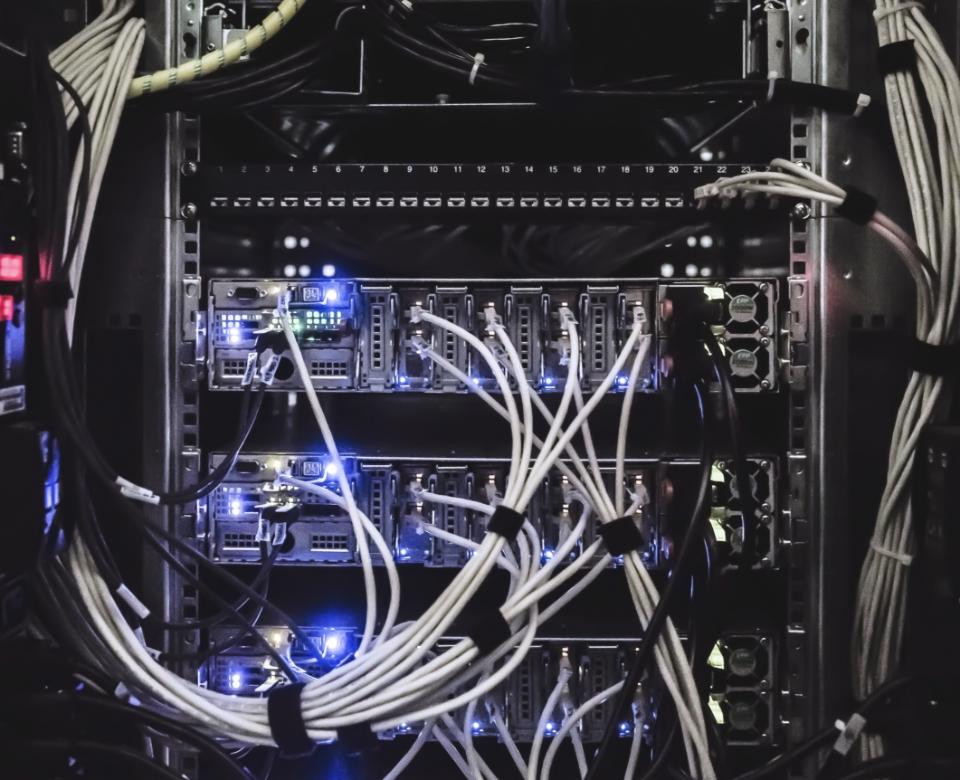08.20.2019
Uplink Channel Estimation and Equalization in NB-IoT System
This paper deals with channel estimation and equalization, as well as noise variance estimation in uplink narrowband-internet of things (NB-IoT) system. Different techniques are studied in the context of NB-IoT, such as least square (LS) and linear minimum mean square error (LMMSE) for channel estimation, and zero forcing (ZF) and MMSE for equalization. It is shown that a low-complexity…
read the publication







